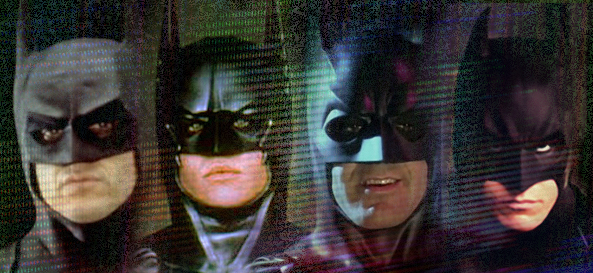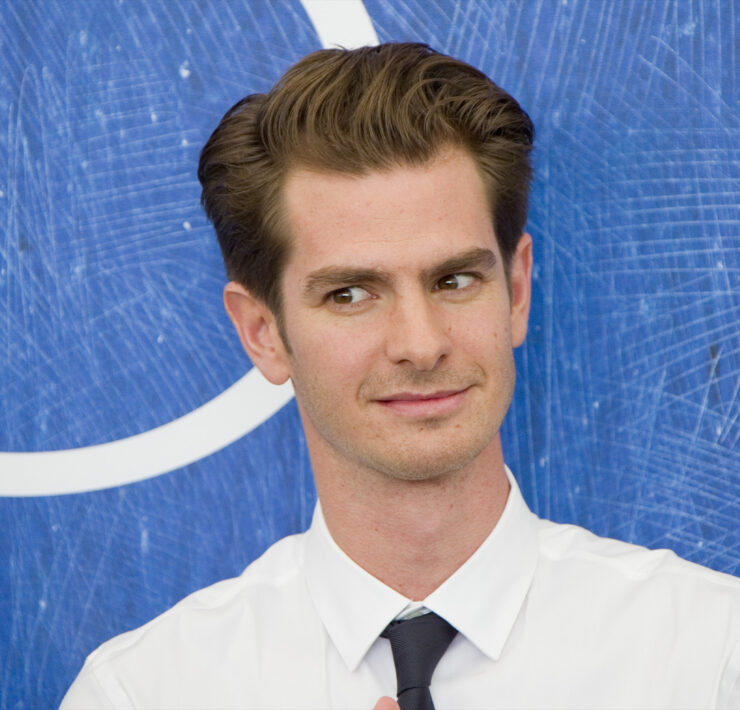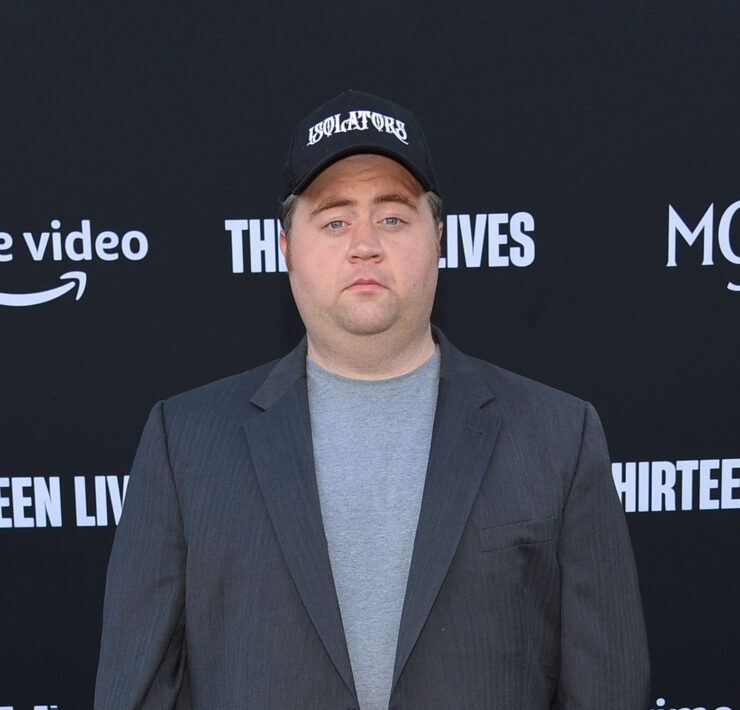
My life long love for The Batman started when I was six years old.
My dad came home from a garage sale with a big, hard covered collection of Batman comics, “from the ’30s to the ’70s.” The first Batman comic I read was his first appearance in Detective Comics #27. I read Batman in all his incarnations, from when he carried a gun to when the Comics Code Authority made him fight only aliens. It was then that Batman worked directly sanctioned by the police (Bam! Pow!). I kept reading through his return to the bone breaking, junkie filled world of Frank Miller. I loved him in every variation.
I’m not special. Everyone loves the Caped Crusader. So maybe talking about Batman is like telling you the story of my vacation to the Grand Canyon. You already know Batman and you’re probably just as intrigued by the multiple presentations of his story in films, comics, and video games. You’d recognize the voice talents of Kevin Conroy and Mark Hamill, even if you don’t know their names. You dressed as him for costume parties and probably have seen Joel Schumacher’s Batman and Robin more times than you’d care to admit. At least I have. But why do we love him as we do?
Batman is part Ninja, part Zorro, part Sherlock Holmes, part Robin Hood, part Phillip Marlow and part James Bond all rolled into one. There are nods to these influences, such as the marquee outside of Death Alley, where Bruce Wayne’s parents were killed, showing The Mark of Zorro. Batman was created and developed during the Depression; he’s a post-great war, New Deal hero. He was of the era of pulp novel escapism, and the embodiment of American hopes and ideals. He was a masked man in the age of the Lone Ranger, Green Hornet and a dark shadow to Superman. But he has lasted, where others have, to some degree, faded. He may not be the first of the American Mythic Pantheon, but he is our favorite. So with all the others out there, why does Batman remain a beloved hero for so many fans?
A Man in His Prime
Batman is only a man. He is famously accused of not really being a “super” hero, and we love him for it. He has no super strength. He has no laser vision. He can’t see through walls or turn himself invisible. Neal Adams, the prolific illustrator, was the first to return Batman to a darker character in a darker setting after the campy 1960’s. Adams famously said that Batman was Sherlock Holmes training for the Olympics. E. Paul Zehr, author of Becoming Batman, paraphrases this thought by saying Batman would “win, place or show in every event in the Olympics.” This is a man at the prime of human potential.
Batman’s mind and physical capabilities are unparalleled and, to be disappointingly frank, impossible to combine in just one man. However, he is so close to the border between the possible and the fantastic that it’s easy to say he could be real. And that’s what matters. Just a little stretch of the imagination, and there really could be a man in a cape who does not look ridiculous, who wouldn’t get shot in the head at his first encounter with a street thug or break his neck while attempting to jump from a sky scraper. Even Zehr admits that, given the best possible situation, a vigilante like Batman could only survive for a year or two before being killed, disabled or de-masked. But it’s the near possibility that makes us love him, the same way we love watching any master at his craft. What Michael Phelps did in a swimming pool doesn’t seem possible. But he did it. Same for Michael Jordan’s leap, Muhammad Ali’s speed or any performer of the Cirque Du Soleil. We are captivated by a person doing better than we thought humanly possible.
Bad-guys are a Bat’s Best Friend
Riddle me this: Can you name a major bad guy from the Batman universe that isn’t fascinating? I’m talking about Mr. Freeze, The Riddler, Catwoman, The Madhatter, The Penguin, Two-Face, Harley Quinn, Poison Ivy and Bane. Oh yeah, and The Joker. They are the deformed evildoers, psychotically attached to their own shtick, who are the yang to Batman’s ying. And they are almost always the most interesting characters in the plot.
Just think of how memorable they are from the films. Lines like “ever dance with the Devil in the pale moon light?” I don’t even know what that means and I’m still terrified. Dany DeVito?! The guy from Taxi? He was awesome. “Meow.” Need I say more? AndI don’t care what anyone says about Batman Forever, I love Tommy Lee Jones in everything he does and Jim Carry was born for his role. And, given we’ll be able to understand him, Tom Hardy will certainly erase any memory of the forgettable portrayal of Bane by the equally forgettable Jeep Swenson. (That’s right, the best part of Joel Schumacher’s Batman and Robin is that he had an actor named “Jeep Swenson.”)
But most memorable of all, of course, is Heath Ledger’s masterpiece performance. In every interaction with Batman, he perfectly captured that the bad guys show up for more than mere spectacle. His presence was felt over the entire film, even when he wasn’t onscreen. His evil was maniacal, frustrating and unforgettable.
There is an understanding that Batman’s villians’ existences are dependent on the existence of Batman himself. They provide a look at Batman gone wrong. What if Batman had no sense of order? Then he would be the Joker. Or what if Batman, as Bruce Wayne, decided to use his money for selfish gain? Then he’d be the Penguin. How about the many faces Batman uses as disguise, including Bruce Wayne who, as many writers have pointed out, is really Batman’s secret identity instead of the other way around? That’s Clayface. Or the double life he lives? Two Face. Or Batman’s use of fear and intimidation to fight the bad guys? Scarecrow. The villains here are a window into the soul of Batman himself, and we love to watch and analyze the complexity of our multifaceted hero.
Swoops out of the shadows, Darkwing Batman owns the night.
In my hometown of Chicago there have been 228 violent deaths between January 1st and June 17th 2012. The number is growing. This is the highest murder rate in the history of the Second City, and the highest murder rate in America. To give some perspective, in the same time period, there have been 144 American soldiers killed fighting in Afghanistan. Batman may not be real, but he gives us the hope that despite the fact that criminals hide in the shadows, justice will spring from the dark as well. That those who prey on the innocent will themselves taste the fear of being powerless, but at the hands of someone with righteous fury. That, somewhere, men are fighting for good and not for evil.
We know that vigilantism is not lawful, nor morally right, but we take comfort in Batman’s ethics against killing and guns and in his special dispensation from Commissioner Gordon and his Bat-signal. Batman is not real, but the desire for a better world is and that is what matters.
The End
There is more to be said about Batman, and more stories to be told. There always will be. He is just a representative of our hopes and fantasies to improve the world with whatever gifts we have, in what little way we can. He inspires us to overcome tragedy. He is an illustration of self-discipline and self-sacrifice. He, perhaps more than most of our heroes, rejects apathy. And I, like you, can’t wait to see the Dark Knight rise to the occasion.





















